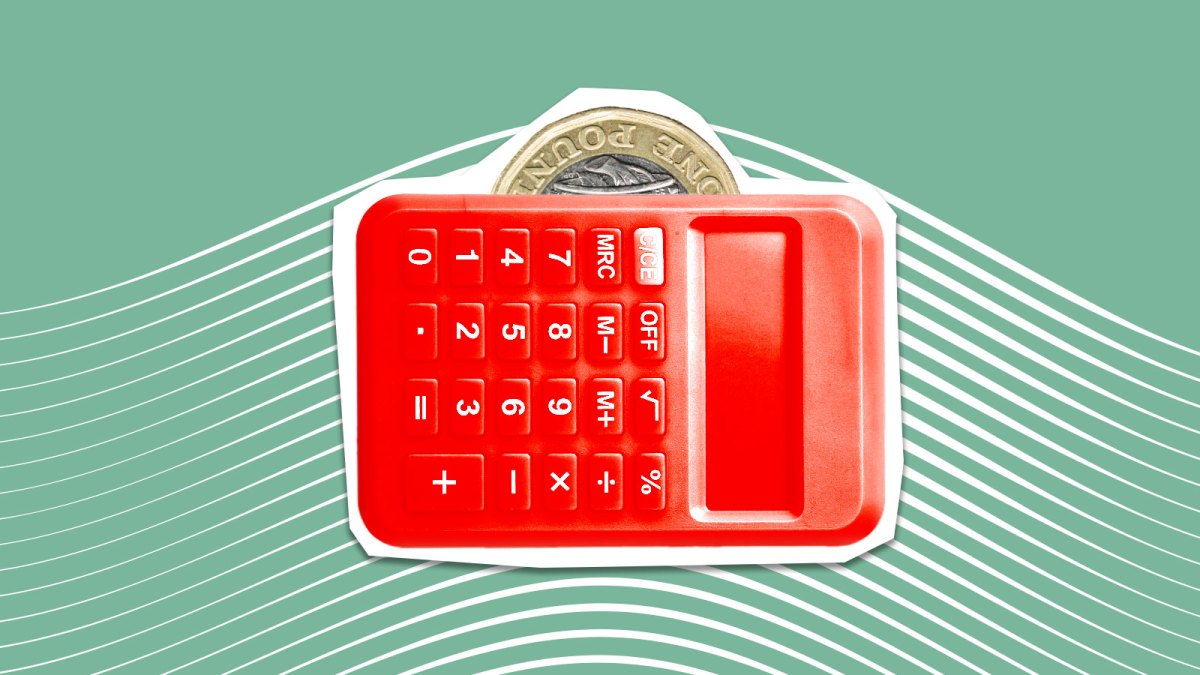From extending the freeze on income thresholds to introducing a new “mansion” levy, the chancellor today confirmed a series of unpopular tax raids. Here, The Times unpacks the winners and losers of her smorgasbord budget.
A freeze on income tax thresholds has been extended for three years until at least April 2031, in a move expected to raise more than £8.3 billion a year by the 2029-30 tax year.
This so-called stealth tax will turn one in four workers into higher-rate taxpayers, according to the Institute for Fiscal Studies.
Earnings between £12,570 and £50,270 are taxed at the basic rate of 20 per cent; income over this threshold is charged at 40 per cent up to £125,140, when the additional 45 per cent rate kicks in.
The freeze is expected to cost a middle-class family with two earners about £1,600 across the two extra years, according to the financial advice firm Quilter.
Pension savers
Reeves is capping the amount that a worker can pay into their pension via salary sacrifice while benefiting from national insurance savings at £2,000 a year from April 2029. The change is expected to raise £4.7 billion in the 2029-30 tax year.
Salary sacrifice allows workers to pay up £60,000 of their pay into their pension, thus reducing their taxable income and, in turn, their income tax and national insurance bill.
The change means that any contributions above the new £2,000 limit will incur the full rate of national insurance — 8 per cent on income below £50,268 and 2 per cent on income above that.
Experts previously warned that a cap would put private sector workers off saving for retirement.
Owners of expensive properties
The chancellor is introducing a new surcharge on properties valued over £2 million.
It will not come in until April 2028 and will involve the creation of four tax bands for properties above £2 million, with homeowners of properties between £2 million and £2.5 million charged £2,500 a year. Owners of properties above £5 million will be charged up to £7,500.
The levy is expected to hit about 150,000 homeowners, according to the estate agency Knight Frank.
The Times understands that the average charge will raise between £400 million and £450 million by 2030.
Landlords, savers and investors
The basic and higher rates of tax on dividends, savings and property is to go up two percentage points.
From April 2026 basic-rate taxpayers will pay 10.75 per cent tax on dividend income while higher-rate taxpayers will pay 37.75 per cent. This is after their £500 tax-free allowance is used up.
The move will raise £1.2 billion a year from April 2027, according to the Office for Budget Responsibility (OBR).
• Budget 2025 live: follow the latest updates
The chancellor is also raising the tax on savings and property income by two percentage points from April 2027. Basic-rate payers will pay 22 per cent, higher-rate payers 42 per cent and additional-rate taxpayers 47 per cent on income above their allowances. The move is expected to bring in £0.5 billion every year from 2028-29.
Graduates
Graduates will also be caught up in the chancellor’s deep freeze. The income threshold at which they begin repaying plan 2 student loans, which for this year was £28,470, will be frozen for three years from the 2027-28 tax year. Graduates repay 9 per cent of their income above that threshold, meaning university leavers will pay more in the future, in a £400 million-a-year boost to the Treasury.
Electric car drivers
Drivers of electric vehicles face a new 3p-a-mile tax from April 2028, costing them £255 a year on average. Under the Treasury’s plans, motorists will pay upfront based on their estimated travel distance for the year ahead. If they drove less than anticipated, they could carry over the excess paid to the next year. If they drove more, they could top up their balance. The move will raise more than £3 billion by April 2031 but could also mean 440,000 fewer electric car sales in that time.
The winners
Commuters
Rail fares have been frozen for the first time in 30 years, offering much-needed relief to commuters. Fares will be frozen for one year to March 2027. A commuter travelling from Milton Keynes to London three days a week stands to save £315 a year. Somebody travelling from Bradford to Leeds for three days a week would save £57.
Motorists
A freeze on the 52p-a-litre fuel duty rate has been extended by five months to September 2026, which will cost the government £2.4 billion next year. After that there will be staged increases which will bring down the costs to £0.9 billion a year, according to the OBR.
From April 2027 fuel duty rates will go up annually in line with the retail price index measure of inflation.
Isa holders over 65
Savers aged over 65 will still be able to pay the full £20,000-a-year allocation into a cash Isa, the chancellor confirmed, whereas those under 65 will only be able to save £12,000 a year into a cash Isa. Younger savers will still get a £20,000 annual allocation, but £8,000 of it will have to go into a stocks and shares Isa.
Anyone with an energy bill
About £136 could be shaved off the average household energy bill each year thanks to cuts in the green levies, which the government charges suppliers to cover the cost of renewable energy schemes.
Part-funding the Renewables Obligation could cut bills by about £73 a year, while scrapping plans to expand the Energy Company Obligation, which funds the installation of efficiency measures such as insulation or new radiators, could save another £63, according to the industry analyst Cornwall Insight.

